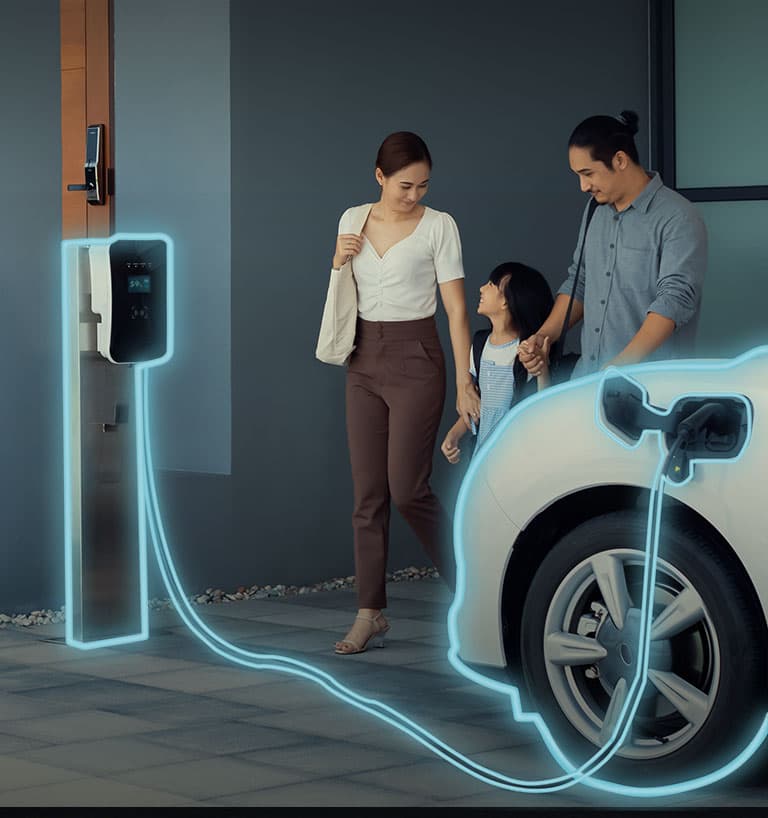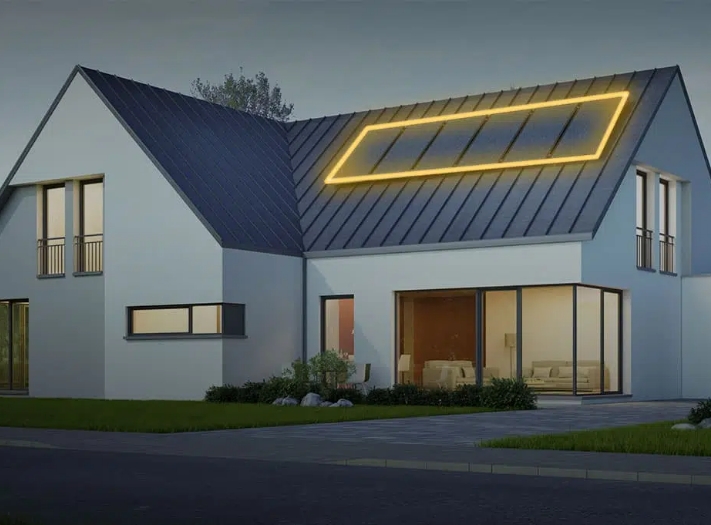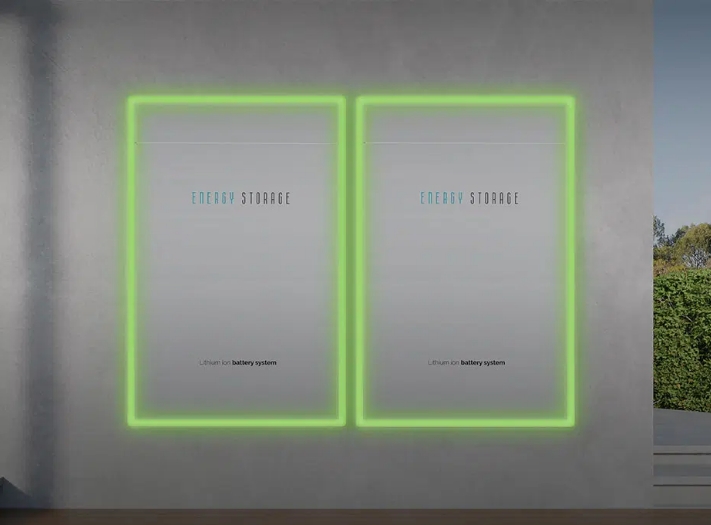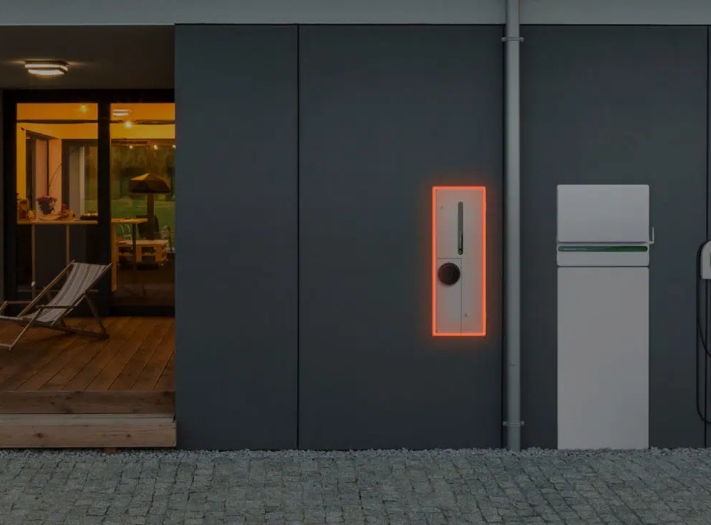electrification (noun)
elec·tri·fi·ca·tion
the transition away from fossil fuel-powered systems to more sustainable, energy-resilient, electric technologies
the transition away from fossil fuel-powered systems to more sustainable, energy-resilient, electric technologies
“Electrification” means making the switch from fossil fuels to electricity to power the systems and technologies we use. This shift is also called beneficial or strategic electrification, or—more broadly—the energy transition. And it’s occurring all around us.
The term “electrification” may sound unfamiliar to some homeowners, but it’s not a new concept. Thomas Edison, for example, is celebrated for his role in the electrification of lighting in the late 19th century—among his many other notable achievements.
The first electric vehicles were introduced nearly 200 years ago. In fact, EVs were relatively popular in the early 1900s—until the success of the Ford Model T paved the way for gasoline-powered cars to dominate the market for over a century1.
More recently, climate concerns and advancements in battery technology have combined to spark an EV renaissance. Meanwhile, electrification has continued expanding far beyond lighting and other early uses (like the telegraph).
Modern electric technologies are changing not only our transportation, but the way we heat, cool, and power our homes. Financial incentives for electrification available under the federal Inflation Reduction Act of 2022—as well as state initiatives and expanded programs through local utilities—will ensure the trend continues to accelerate. And while carbon-emitting fossil fuels remain the primary source of electricity generation in the U.S., their role will be dramatically reduced over the next 10 years.
Wondering how to get started with your electrification journey? It’s easier than you might think to join the energy transition, and there are plenty of federal and local incentives to make electrification more accessible to homeowners.
If you’re just starting out, consider taking one of these increasingly common steps:
EVs operate using electric motors that are powered by batteries, which can be conveniently recharged at home or at various charging stations located at malls, office buildings, highway rest areas, and other commercial sites. In the past, drivers may have been motivated to switch to EVs (or gas-electric hybrids) primarily by a desire to reduce emissions, but there are many more reasons to go electric today.
With an increasingly broad selection of models available at various price points, the latest generation of EVs may appeal to car buyers on many different levels including:

Rooftop solar panels convert the sun’s rays into electricity, transforming homeowners into “prosumers”—a term for someone who both produces and consumes energy. You can use that energy to power your home, and if your utility company offers net metering, sell any excess electricity you generate back to the grid.
In addition to reducing your carbon emissions and grid electricity usage, solar panels offer many other benefits for homeowners such as:

Battery energy storage systems feature large-capacity rechargeable batteries. Depending on the climate and building infrastructure, they’re typically installed on a garage wall or home exterior (by a licensed and qualified electrician, of course). The batteries can be charged from the public grid or rooftop solar panels—or by EVs equipped with bidirectional charging—to create a nanogrid, a self-sufficient system that can power your home temporarily.
A battery storage system can:

Installing electrification technologies often requires updating a home’s electrical panel, depending on the age and available capacity of existing infrastructure. This may be the perfect opportunity to install a smart panel, which acts as an internet-connected command center for optimizing energy use. (In some cases, a utility company service upgrade may be required to deliver adequate power to the new panel.)
The latest smart panels:
